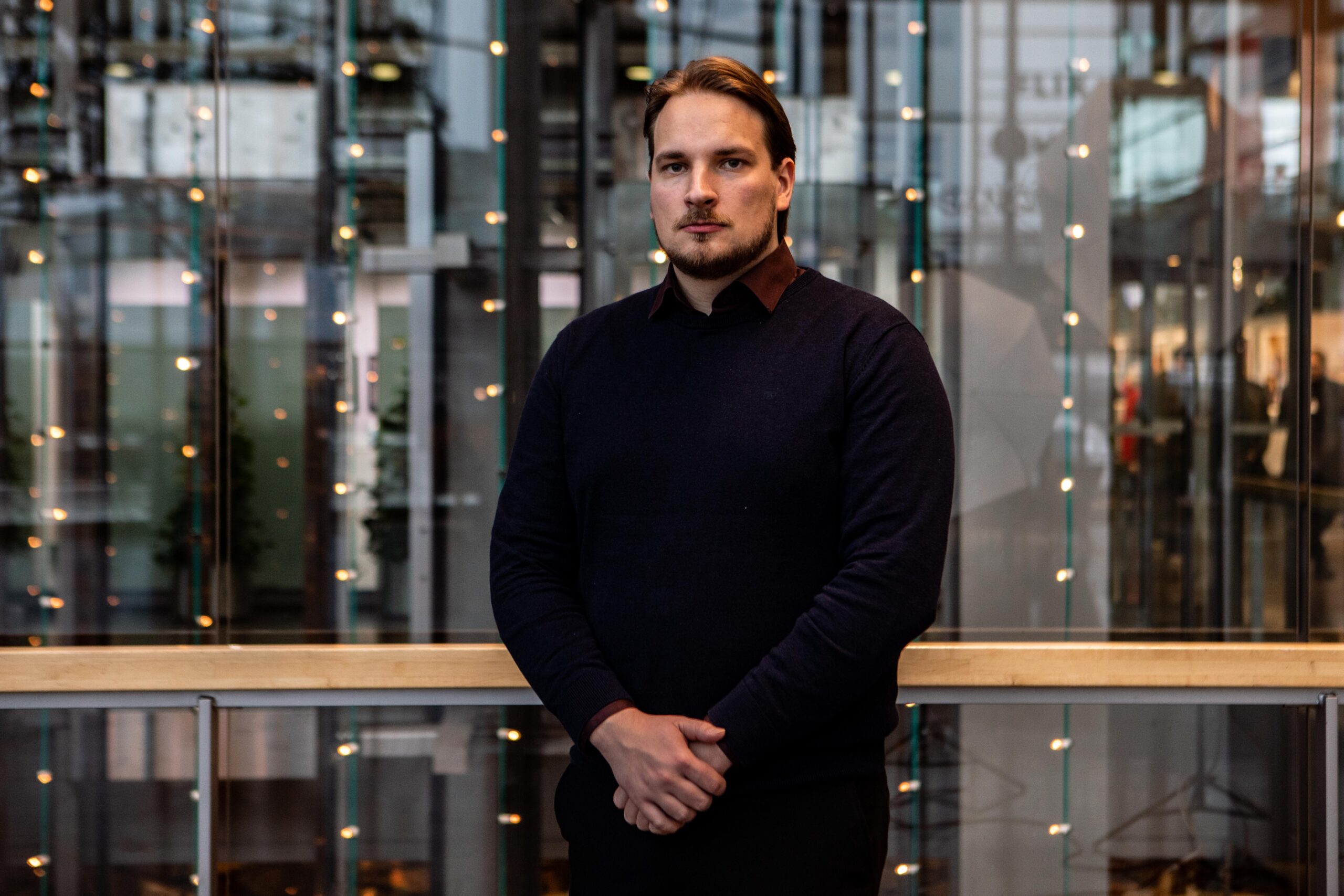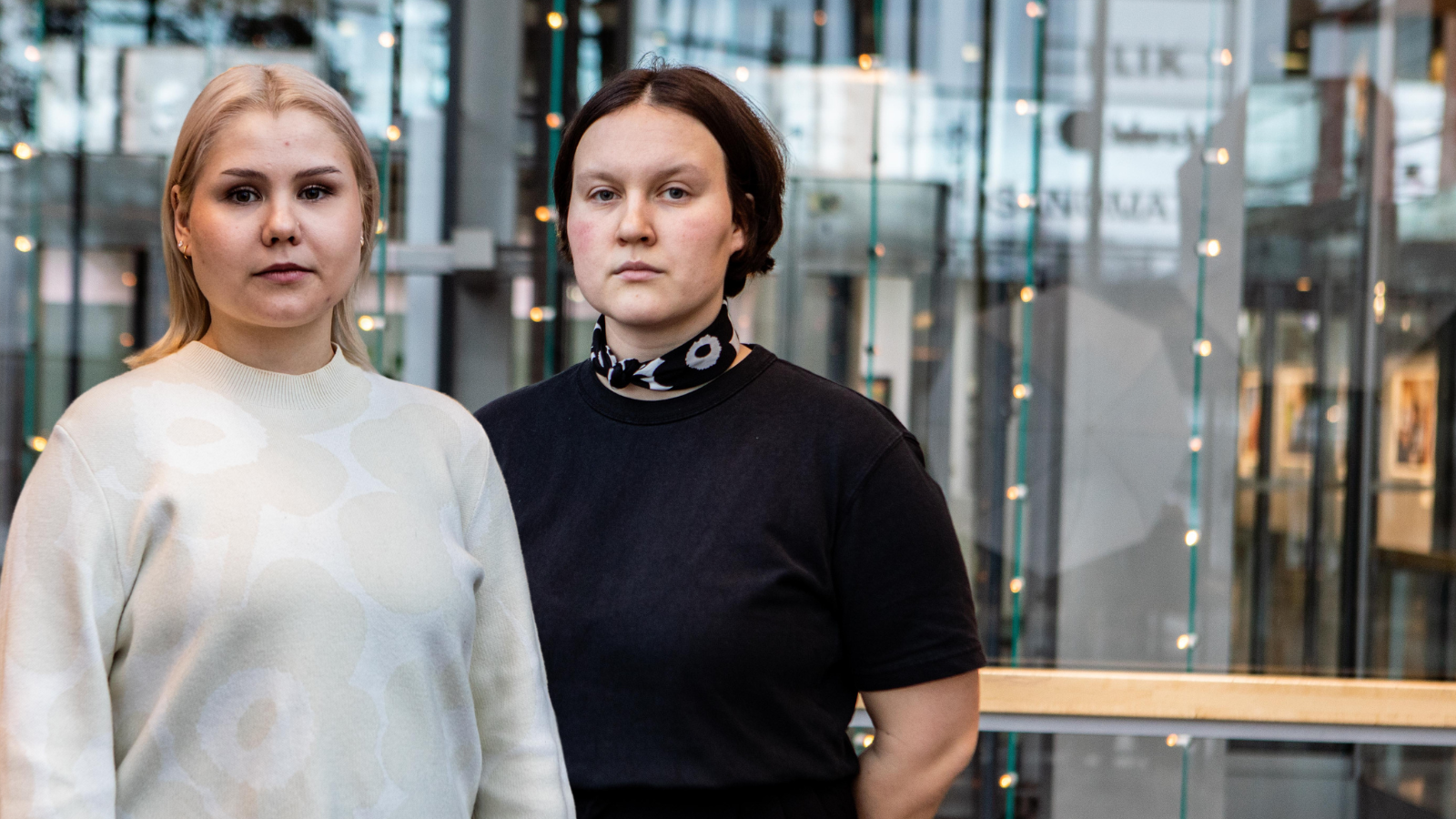The work for an accessibility plan for Finland’s education, defined in Prime Minister Rinne’s Government Programme, has started. The purpose of the plan is to investigate how to facilitate access to education for underrepresented groups. There is a lot of work to be done, but we must also remember to hold on to our existing pillars of accessibility. When talking about accessibility, we must not forget free education.
Free higher education is not self-evident in today’s Finland. Tuition fees for students from outside the EU and EEA were introduced in 2017, and open universities around the country are testing their boundaries by offering paid study programmes that are similar to a full degree.
It would be short-sighted to believe that Finland’s free education is secure only because tuition fees are not being actively demanded for everyone in the public discussion. The fees will not come with a sudden bang – they will creep into the educational policy discussion little by little and through exceptions, reinforcing the positive attitude towards tuition fees.
One exception that comes up in the public discussion from time to time is making a second degree of the same level subject to a charge. The Research Foundation for Studies and Education (Otus) looked into the subject this year in its project regarding multiple degrees and found that there are several reasons for completing more than one degree of the same level. Among these reasons, however, was not so-called degree shopping or collecting degrees just for fun. According to the study, solid grounds for making a second degree subject to a charge were missing.
Positive attitude towards tuition fees – or at least towards the exceptions mentioned – does not just come from nowhere. Massive cuts made to education during the last two government terms have made many people think about how to get more funding for education. One of the first tools that often comes to mind are tuition fees. If the Government would allocate sufficient resources to education, there would be no pressure to consider the adoption of tuition fees.
Free and accessible education is an intrinsic value of the welfare society. The goal of the Vision for Higher Education and Research in 2030 is to increase the number of higher education graduates among young people to 50% by the year 2030. We cannot achieve this demanding goal if we don’t work to improve accessibility. In a country the size of Finland, we cannot afford to leave potential talent unused – all young people with the ability and desire to educate themselves must be covered by higher education. Making higher education accessible for people from different backgrounds would also make the group of highly educated people more diverse.
We think it’s fantastic that accessibility is the main focus of educational policy for this government term. We must keep in mind, however, that accessibility and free education are inseparable. In order to keep the foundation of this important accessibility work intact, we must hold on to the principle of free education even more tightly than before. Free education is by far the most important thing that has been done for the accessibility of education in Finland.
Heidi Rättyä
Member of the Board
National Union of University Students in Finland SYL ry




